Sure, let’s dive into the fascinating world of animal behavior, specifically focusing on why some animals pretend to be dead—a tactic known as thanatosis. This dramatic act of playing possum can spell the difference between life and death. It’s a survival strategy that might seem odd to us but has been honed through evolution.
1. They Avoid Predators Looking for a Chase
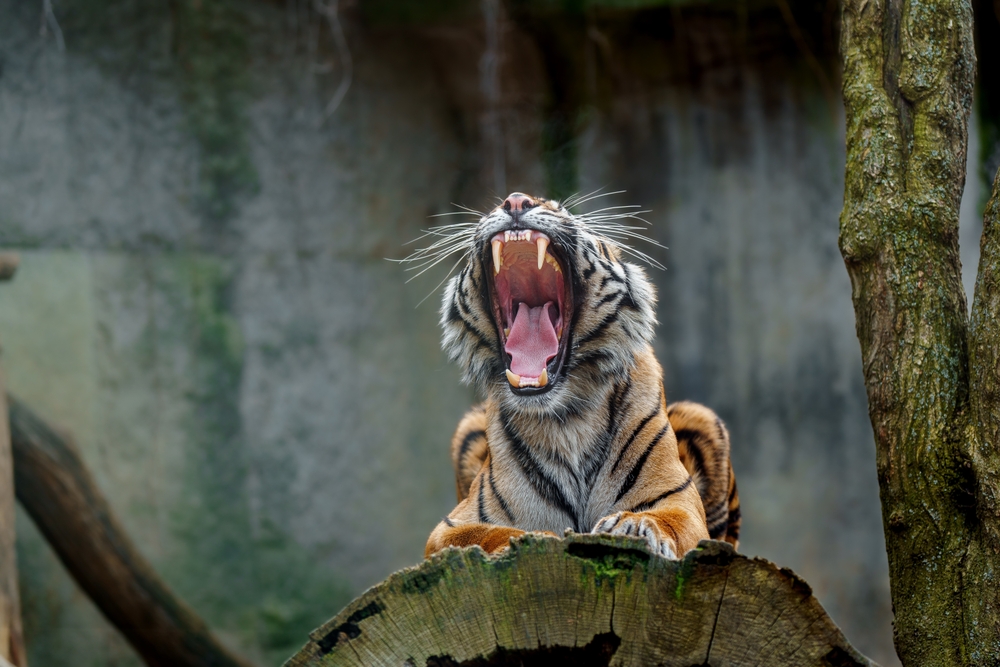
In the wild, predators often seek prey that puts up a fight or makes a quick getaway. For some animals, playing dead removes the thrill of the chase, making them less appealing to hungry hunters. Predators may perceive lifeless prey as potentially diseased or already decaying, which is less appealing than a fresh catch. By turning themselves into a lifeless lump, these creatures cunningly trick predators into thinking they aren’t worth the effort, allowing them a greater chance to escape unscathed once the danger has passed.
2. They Use a Time-Honored Trick

Playing dead isn’t just a quirky behavior—it’s a time-tested survival strategy. Animals have developed this tactic over thousands of years, refining it to perfection. Just like camouflage or mimicry, thanatosis has proven to be an effective deterrent against predators. By appearing lifeless, these creatures capitalize on their predators’ instincts to ignore dead prey, conserving energy for the next hunt. This evolutionary trick is designed to exploit the gap between predator perception and reality, giving the prey a nifty escape route.
3. They Create an Illusion of Decay
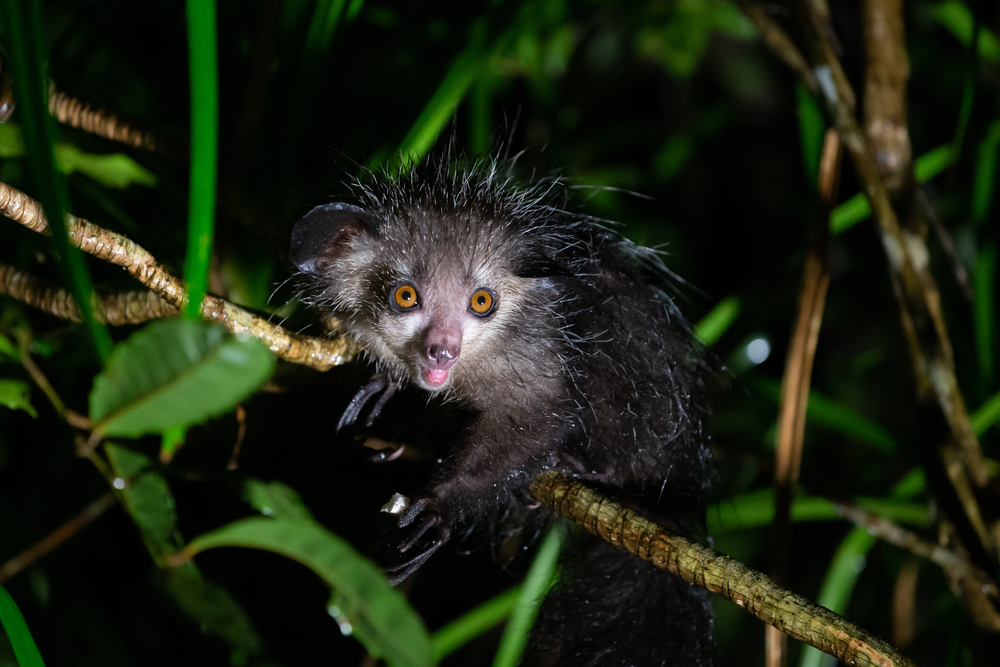
Some animals take their performance of playing dead to the next level by mimicking the signs of decay. They might release foul odors or let their bodies appear limp and lifeless, adding to the illusion that they’re unfit for consumption. This level of commitment can deter even the most dedicated scavengers. The sight and smell of decay suggest disease or unpalatable conditions, driving potential predators away. It’s a clever way to enhance the ruse, reinforcing the predator’s natural aversion to potentially spoiled meals.
4. They Reset the Predator’s Focus

By playing dead, animals can reset the predator’s focus, causing confusion and hesitation. In the critical moments when a predator investigates whether the prey is truly dead, the animal gains invaluable seconds to assess the situation. This pause can be just enough time for the prey to make a quick getaway once the predator loses interest. It’s a strategic gamble that relies on the predator’s uncertainty, allowing the prey to exploit that momentary lapse in vigilance to escape or find cover.
5. They Exploit the Element of Surprise

Surprise is a powerful tool in nature, and playing dead is all about unpredictability. Once an animal assumes this lifeless state, the predator may move on, only for the once “dead” prey to suddenly spring back to life. This unexpected burst of energy can startle the predator, disrupting its plans and allowing the prey a chance to flee. Such a sudden turn of events can unsettle even the most seasoned predators, giving the prey a crucial head start to find safety in a nearby refuge.
6. They Conserve Energy in High-Stress Situations
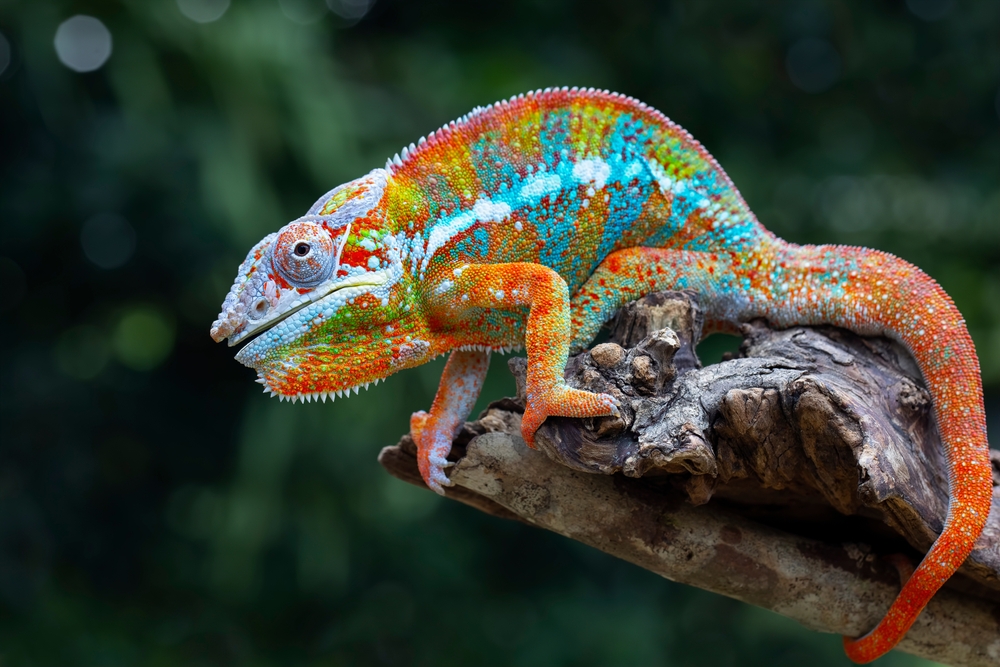
When faced with danger, animals must decide how best to use their limited energy. Playing dead is a low-energy, stress-induced response that avoids the physical exertion of a chase. By feigning death, animals save their energy reserves for when they truly need them, such as when making a last-ditch escape bid. This conservation of energy can be vital, particularly for smaller creatures that can easily tire. It’s a smart way to remain hidden while keeping their strength in reserve for future survival challenges.
7. They Practice a Safe Gamble
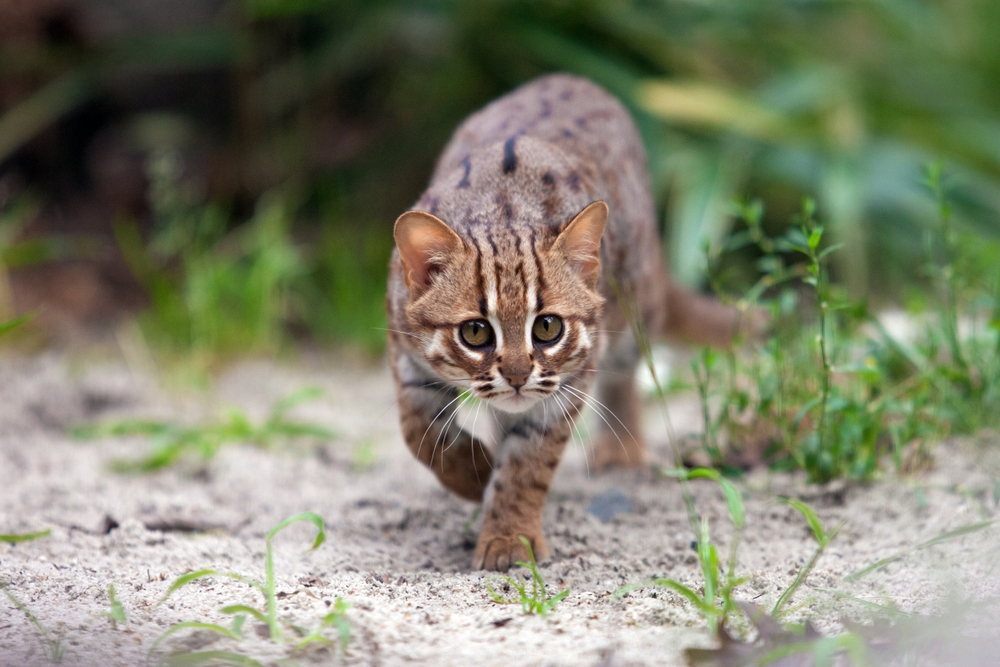
While playing dead is risky, it can be safer than engaging in a hopeless fight or futile flight. For some animals, the odds of survival increase when they opt for inaction over action. This behavior is a calculated risk based on the predator’s behavior and situational cues. The decision to play dead might be influenced by factors such as the environment, the presence of cover, and the type of predator. This tactical pause gives the prey a better chance at survival than confronting a predator head-on.
8. They Influence Predator Learning
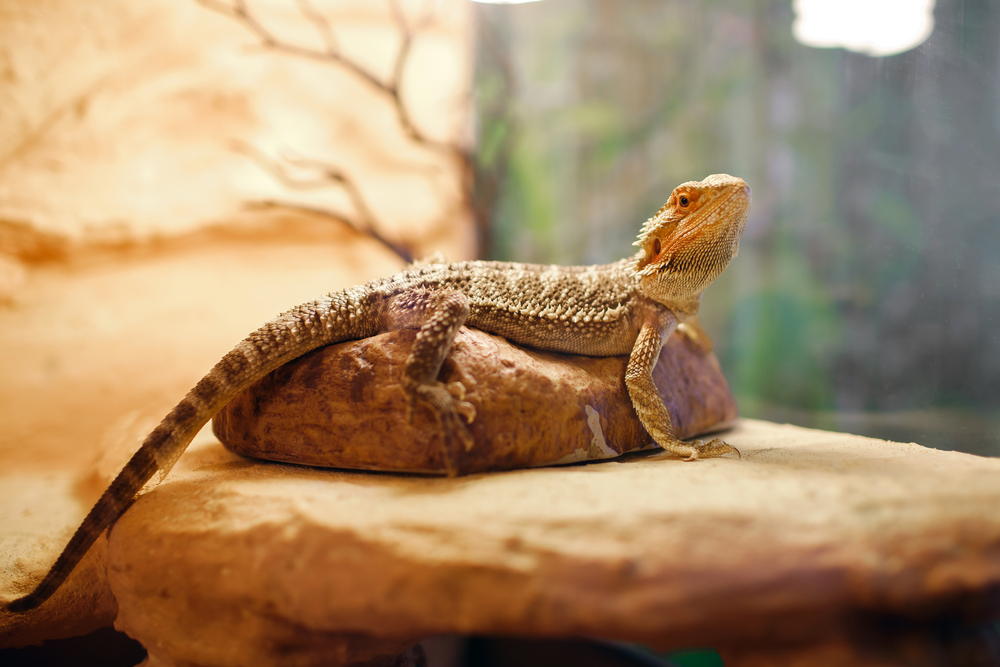
Playing dead can influence predator learning over time, teaching them that certain prey might not be worth pursuing. If a predator consistently encounters prey that plays dead and then escapes, it might learn to avoid these animals altogether. This learning process benefits the species that employ thanatosis, as it leads to a natural deterring effect over generations. Predators may eventually deem these tricksters as less viable prey, ensuring that future generations continue to benefit from the hardwired instinct to play dead.
9. They Rely on Instinctual Behavior

The decision to play dead is often instinctual rather than calculated. Animals exhibiting thanatosis do so without conscious thought, relying on a deeply ingrained survival mechanism. This automatic response is triggered by stress or fear, activating the animal’s natural reflex to freeze and appear lifeless. Such instinctual behavior demonstrates the complexity of survival strategies in the animal kingdom, showcasing how deeply embedded these reactions are in their genetic makeup. It’s a testament to the power of innate behaviors in ensuring continued survival.
10. They Fool Even the Smartest Predators

Even highly intelligent predators can be duped by a convincing performance of playing dead. The act preys on the predator’s assumptions and expectations, leading them to misjudge the situation. Even when predators are aware of this trick, the performance can sometimes be so convincing that they second-guess their instincts. By casting doubt and creating an element of uncertainty, prey can thwart even the most shrewd hunters. This ability to fool experienced predators is a testament to the effectiveness and cleverness of this behavior.
11. They Mimic Other Successful Tactics
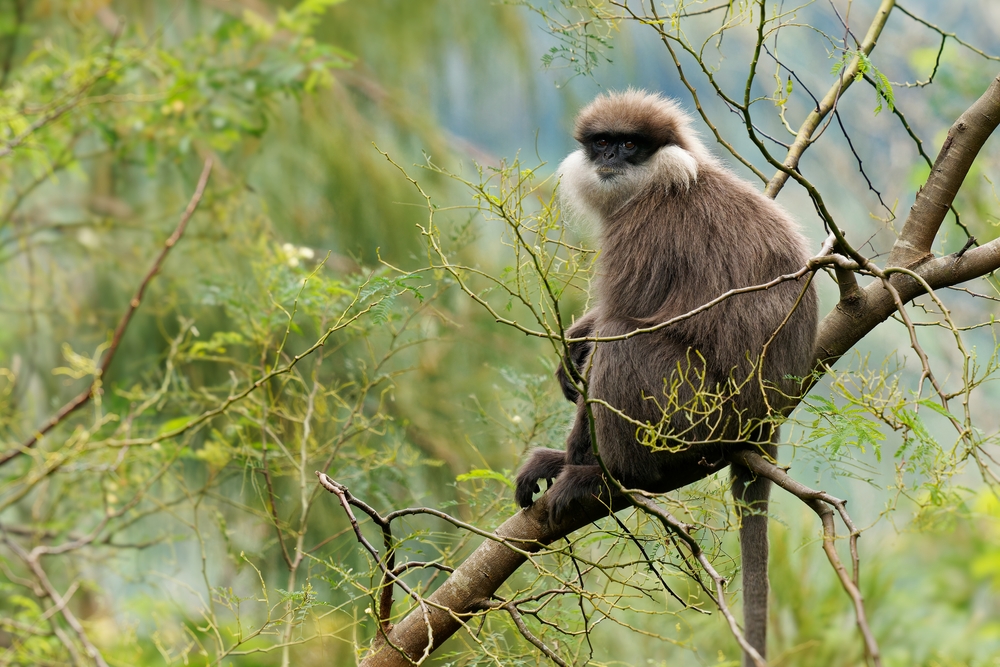
Playing dead can be seen as an extension of other survival tactics like camouflage or mimicry, where animals blend into their surroundings or mimic other creatures for protection. Thanatosis takes mimicry to the extreme by imitating death itself. This tactic draws on the same principles of deception and concealment, making it a versatile addition to an animal’s defensive repertoire. Just as some creatures mimic leaves or twigs to avoid detection, playing dead is another creative way to outsmart predators and improve survival odds.
